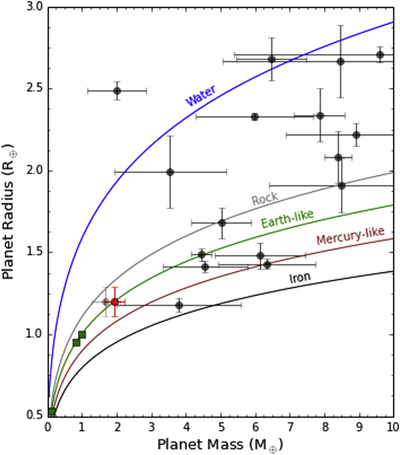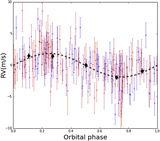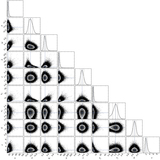Image Details

Caption: Figure 5.
Graph of mass vs. radius for rocky planets. The constraints on Kepler-78b are shown by the red point. The estimation of Kepler-78b by H13 is shown as the light gray error bars. Composition curves ranging from a pure water (blue) to pure iron composition (black) have been plotted. Earth-like (67% rock, 33% iron) and Mercury-like (67% iron, 33% rock) compositions are denoted by green and brown curves, respectively. Solar system planets are shown as green squares. Other well-characterized exoplanets are plotted as black points. Exoplanet masses, radii, and their associated errors are from the Exoplanet Orbit Database (http://exoplanets.org; downloaded on 2014 August 23). Planets with fractional mass uncertainties of over 50% are not shown.
Copyright and Terms & Conditions
© 2015. The American Astronomical Society. All rights reserved.







